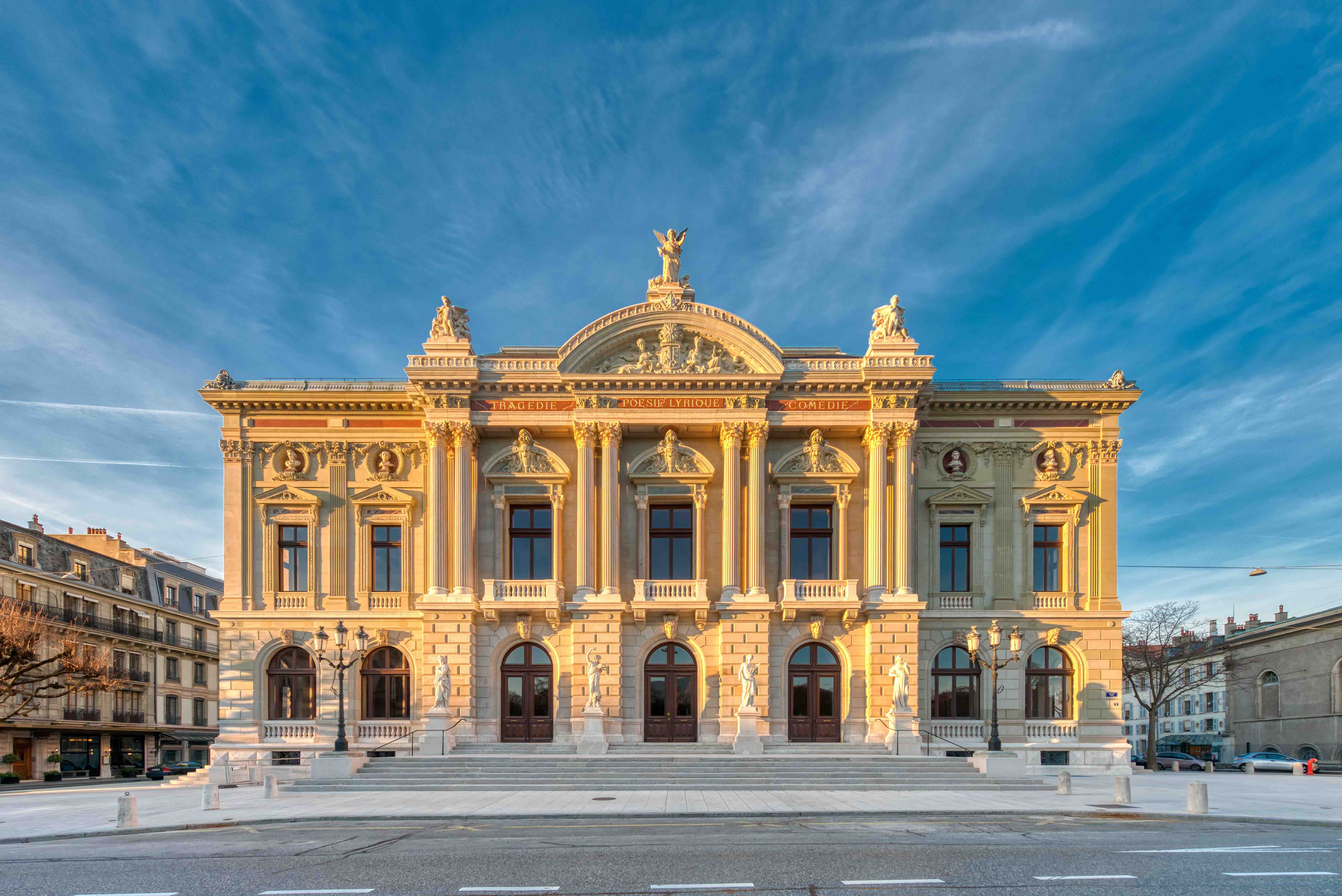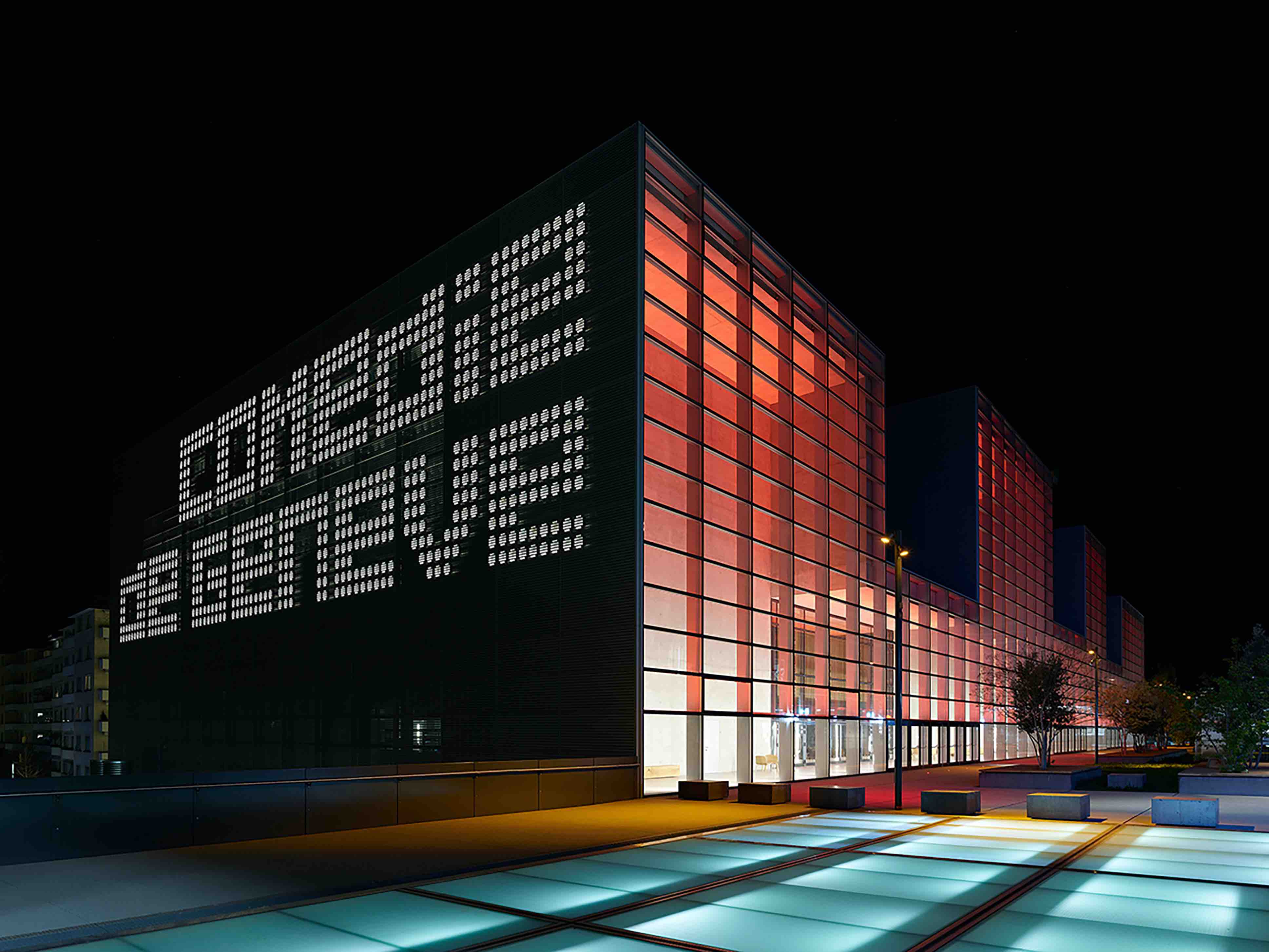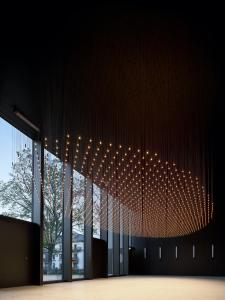
Switzerland’s cities are home to some of the greatest museums and cultural venues in Europe. What better way to discover them than by following the tips of leading figures in the arts who have made their homes there and have a fast-track into the best that the Swiss cultural scene has to offer? In the second of a new series, Aviel Cahn, general director of the Grand Théâtre de Genève, picks out his highlights from Geneva’s museums, musical life and performance venues, as well as restaurants and hotels – in a big city that has the tranquillity of a small town, and in which contemporary art and music are flourishing.
Aviel Cahn. © GTG/Fred Merz

Geneva is a relatively small city that has a huge cultural impact and artistic community. When you consider the number of inhabitants, the cultural offer here is remarkable. I’ve lived here for two years, since I took up my role at the Grand Théâtre de Genève. I’m Swiss – I was born in Zurich – and I love the contrast between the two most important cities in the country. Unlike many cities in continental Europe, Geneva has a lot of private support for the arts, and that strong philanthropic culture gives arts institutions here the possibility to create things that are unusual and extraordinary.
There’s a strong historical basis for the arts scene here, of course, given the city’s literary and humanitarian heritage. Jean-Jacques Rousseau was born here, and certainly made his mark on the city, and Voltaire lived nearby. The Red Cross was founded here in the 1860s. Other important cultural figures lived close to Geneva, even if they didn’t have much impact on its cultural life: Charlie Chaplin lived in Vevey for the last 25 years of his life; and Vladimir Nabokov settled in Montreux in the 1960s.
The Grand Théâtre de Genève. © GTG/Fabien_Bergerat

Calvinism may have put the brakes on theatre and the visual arts in Geneva, but music didn’t suffer as much. There’s a long, important musical tradition in the city. The Orchestre de la Suisse Romande is more than a century old and is one of the leading symphony orchestras in Switzerland. The Grand Théâtre was built in the 19th century. Like many opera houses, it used to be a relatively insular place, widely perceived as old-fashioned and serving only an established audience. But we’re working hard to prove that it’s far more accessible than that: the house is now open to visitors when there are no performances, there’s a new restaurant and terrace, and there are late-night parties in collaboration with clubs. We’ve also been looking closely at pricing, and have made serious reductions to ticket prices – which we could do because sponsors are willing to subsidise the tickets.
Making the house more accessible is above all about programming. We’re engaging with visual artists who aren’t usually associated with opera, such as Marina Abramović, the theatre director Milo Rau, the film-maker Kornél Mundruczó. This season opened with Prokofiev’s War and Peace, which had never been performed in Switzerland, and later we have Atys, a Lully opera that will have sets designed by the artist Prune Nourry, and also an adaptation of a novel by the Norwegian writer Jon Fosse. We want to be an institution that’s in dialogue with our time.
The new Comédie de Genève. Photo: © Régis Golay – Federal Studio

Theatre and the visual arts, as well as film, came late to Geneva. But right now, something genuinely exciting is happening in the city. The new theatre, the Comédie de Genève, opened this summer. It’s an exceptional facility, designed by FRES Architectes, and is the most advanced theatre building in Switzerland today. I also love the Grütli, a cultural centre that shows contemporary cinema and experimental theatre.
MAMCO, Geneva. Photo: Paul Hegi; © GenèveTourisme; © www.geneve.com

For contemporary art to really establish itself in Geneva, it took a figure like the artist John Armleder to inspire others: in a sense, he’s the godfather of all contemporary art here. Today the scene is fruitful, with lots of interesting artists emerging in the city and galleries such as Wilde Gallery and Pace, which has opened a big space here. Of the art institutions, my favourites are MAMCO (the Musée d’art moderne et contemporain) and the Centre d’art contemporain, which is the city’s Kunsthalle. But I also love the Fondation Bodmer, with its extraordinary collection of manuscripts and early books, and its intelligent modern extension by Mario Botta.
Art Geneva has brought new energy to the city, too, and the fair is getting better and better every year. Its director, Thomas Hug, is very inventive, launching initiatives such as the biennial ‘Sculpture Garden’. Last year it included a monumental work by the Algerian artist Adel Abdessemed, who was meant to direct an opera – cancelled due to Covid, unfortunately. At least we had his sculpture on the shore of the lake.
The Wind You Never Felt (2021), Rudy Decelière, installed in the foyer of the Pavillon de la Danse

Dance also came late to Geneva. But moving forwards, I really think that the city could be Switzerland’s capital of dance and contemporary dance. The Grand Théâtre has just engaged, as its director of ballet, the choreographer Sidi Larbi Cherkaoui – currently an associate artist at Sadler’s Wells in London and one of the stars of the choreography world. Every September, a large festival called La Bâtie takes place, inviting major contemporary theatre, dance and music productions to Geneva from around the world. One of the venues is the Pavillon de la Danse, a place that has consistently given young choreographers the opportunity to develop their work. But dance is thriving in other venues, too: at the Bâtiment des Forces Mortrices, for example – an old factory in the middle of the Rhône that has been turned into a wonderful theatre.
If I was treating a visitor to a meal, I might take them out of town to Hermance, a little fishing village where the Auberge d’Hermance has a lovely traditional restaurant. For a more contemporary dining experience, there are amazing restaurants in some of the hotels by Lake Geneva, such as at the Beau Rivage or the Fiskebar at the Hotel de la Paix. But I also like to take people to the Café du Soleil to eat fondue – it’s the best fondue in town. For somewhere to stay, you can’t go wrong with the Hotel Les Armures in the old city, or the Mandarin Oriental, which is the closest hotel to the opera house and has a very good Peruvian restaurant called Yakumanka.
Geneva in the summer. Photo: Gauvin Lapetoule; © GenèveTourisme; © www.geneve.com

The best day trips from Geneva? If you enjoy the picturesque architecture of the Vieille Ville in Geneva, then the historical houses and châteaux around the lake are well worth seeing: Villa Diodati, where Mary Shelley dreamt up Frankenstein, and the Chateau de Coppet, once home to Madame de Staël. Montreux-Vevey is certainly worthwhile – to see Chaplin’s World Museum and the Château de Chillon, for instance – and you can take the boat from Geneva. The Jura mountains are wonderful and there are some great vineyards between Geneva and Lausanne – don’t miss the wine-producing villages such as Mont-sur-Rolle. Of course, in the winter you can go skiing – Megève is a 50-minute drive from Geneva. You could going skiing in the day and be back in time for the opera in the evening.
Explore Geneva’s cultural riches with the ‘Intensely Cultural’ package: more than 40 museums, a district dedicated to contemporary art, and a wide choice of musical entertainment. It’s time to feed mind and soul.
To find out more about Switzerland’s leading art museums and their upcoming exhibitions, visit the Art Museums of Switzerland website.


